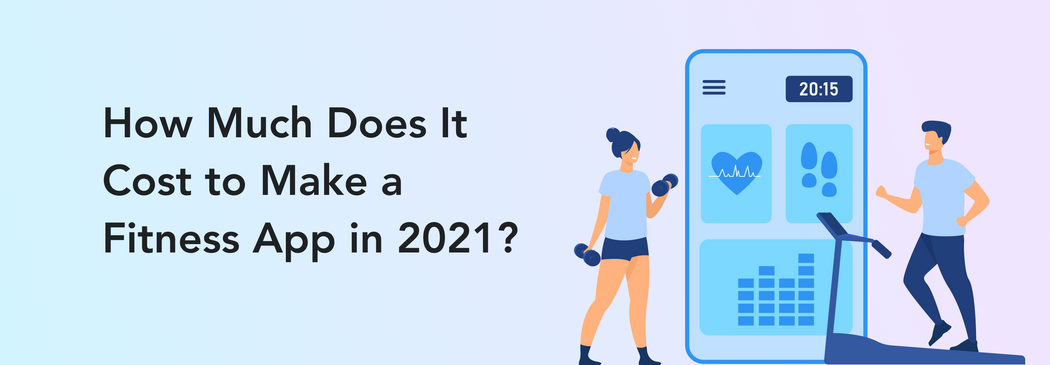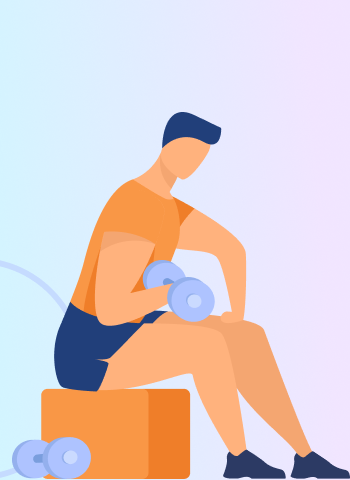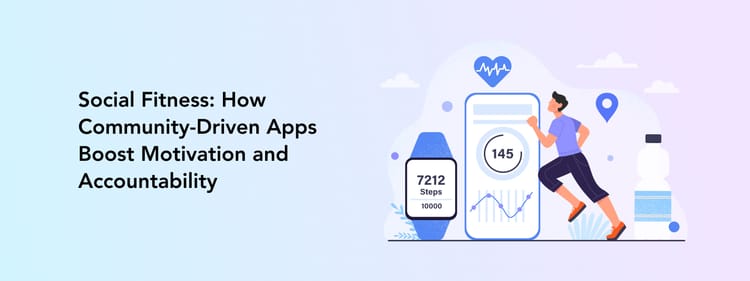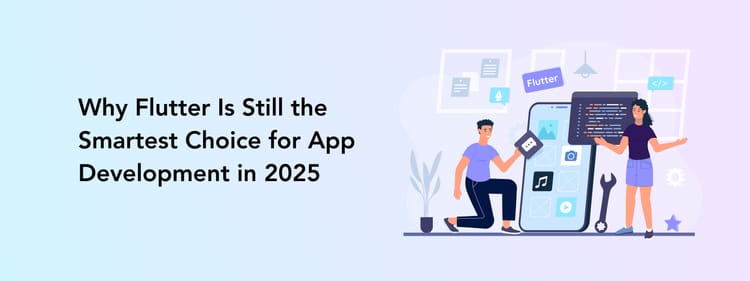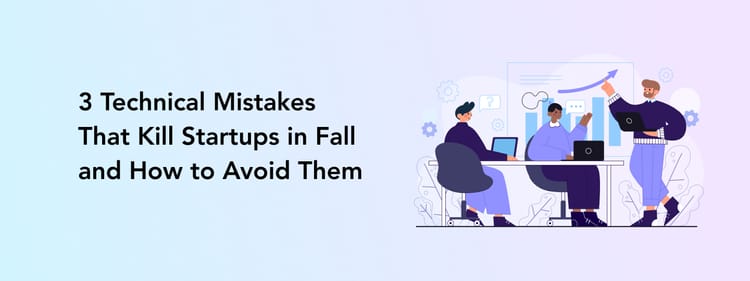Are you curious: how much does it cost to make a fitness app? The current popularity spike for these solutions is attracting many healthcare entrepreneurs – like gym owners or fitness bloggers – who are interested in the fitness app development costs.
Perhaps you feel entering the fitness app market can give your business a great boost as well. If so, there is no better time to develop your application. But where should you start? You’ll probably have many questions: Which functionality is best to include? How can you find the right development team? And, most importantly, how much does it cost to build a fitness app?
At Perpetio, we have worked on various, similar solutions and want to help you find the answers you’re looking for one by one. Let’s begin!
What are the main types of fitness apps?
Fitness apps vary according to the specific task they are targeting. Some solutions help users find new workout routines while others track their daily activity. Your product might focus on one aspect only or combine several. For instance, you can offer both exercise routines and food plans for those wanting to change their diets.
The app’s functionality will be determined by the type of app you choose, which influences the fitness application development cost. For example, a feature for counting steps can be an addition to a workout application, but it is an essential aspect of an activity tracking solution. Makes sense, right?
Some of the most common types of health apps are:
Workout apps
Workout apps help users plan their fitness activities. They usually contain video or audio guides so those who are exercising can mimic the trainer’s movements. It might also include texts or images with useful information, a calendar to schedule training, or progress trackers.
Let’s look at an example. Perpetio created the Burn app for one of our clients with the purpose of helping users stay on track with their exercise routine. The app does this by offering a calendar that displays daily trainings and allows users to mark them as complete once they have finished the workout. It also offers video lessons for each workout with additional info, such as recipes and motivational tips.
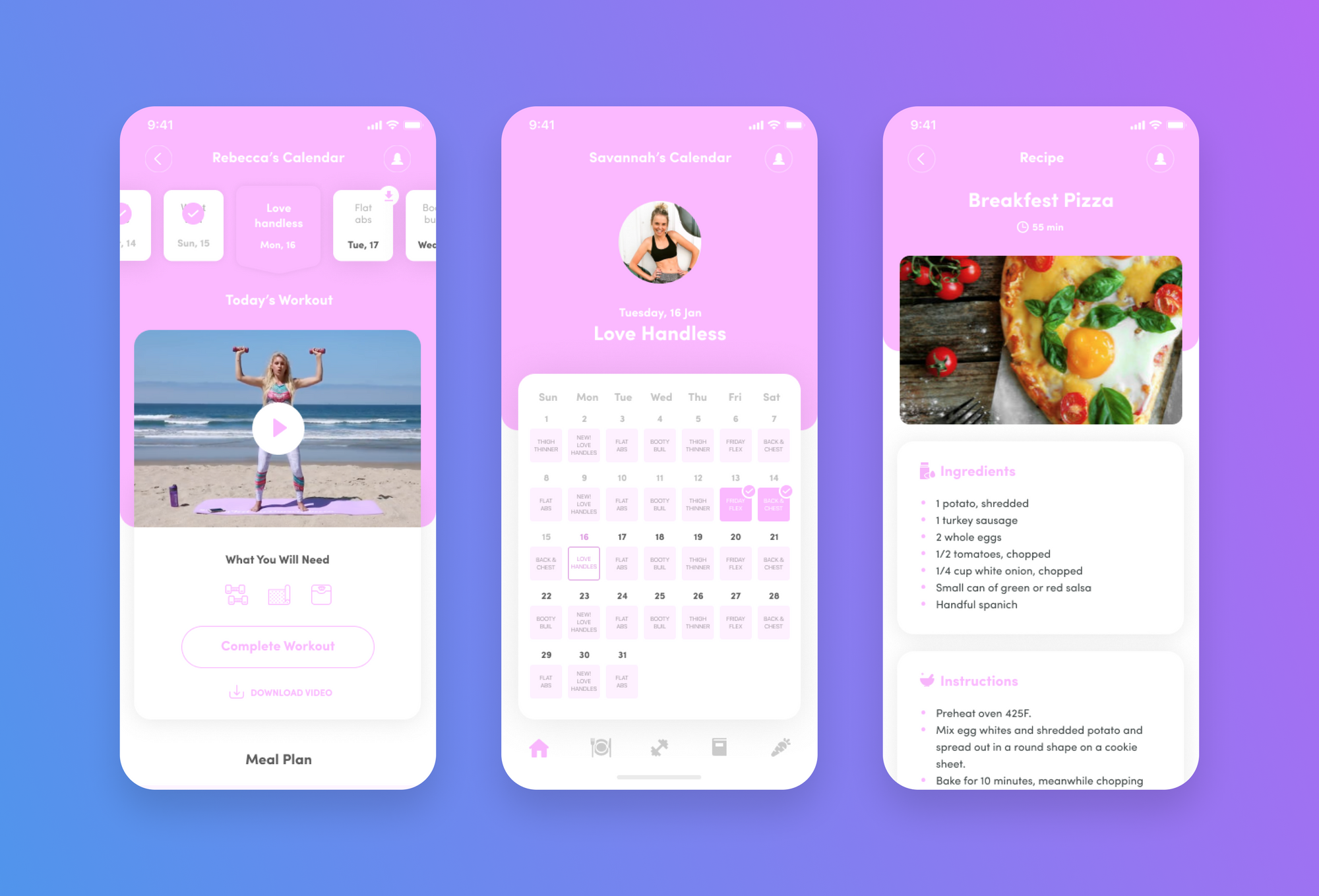
Getting back to your future product – you could consider a yoga or meditation app as an option, which is super popular right now. Maybe you’ve heard of Headspace or Calm? These types of solutions are the top choice for those who care about their physical and mental health.
Activity tracking apps
Apps that track activity help users keep up with their physical movements and progress. They can measure the number of steps taken, running speed, covered distance, a user’s pulse rate, calories burned, and so on. A few popular applications that track activity are Runkeeper, Nike Run, and Strava.
While you might think activity-tracking apps are limited to smartwatches, they actually span further than that. For instance, at Perpetio, we created an app for a treadmill brand – Treadly. The application functions as a social network and analyzes a user’s activity by connecting to a treadmill. This solution allows fitness fans to participate in various challenges and compete with friends while working out. Who said exercising can’t be fun?
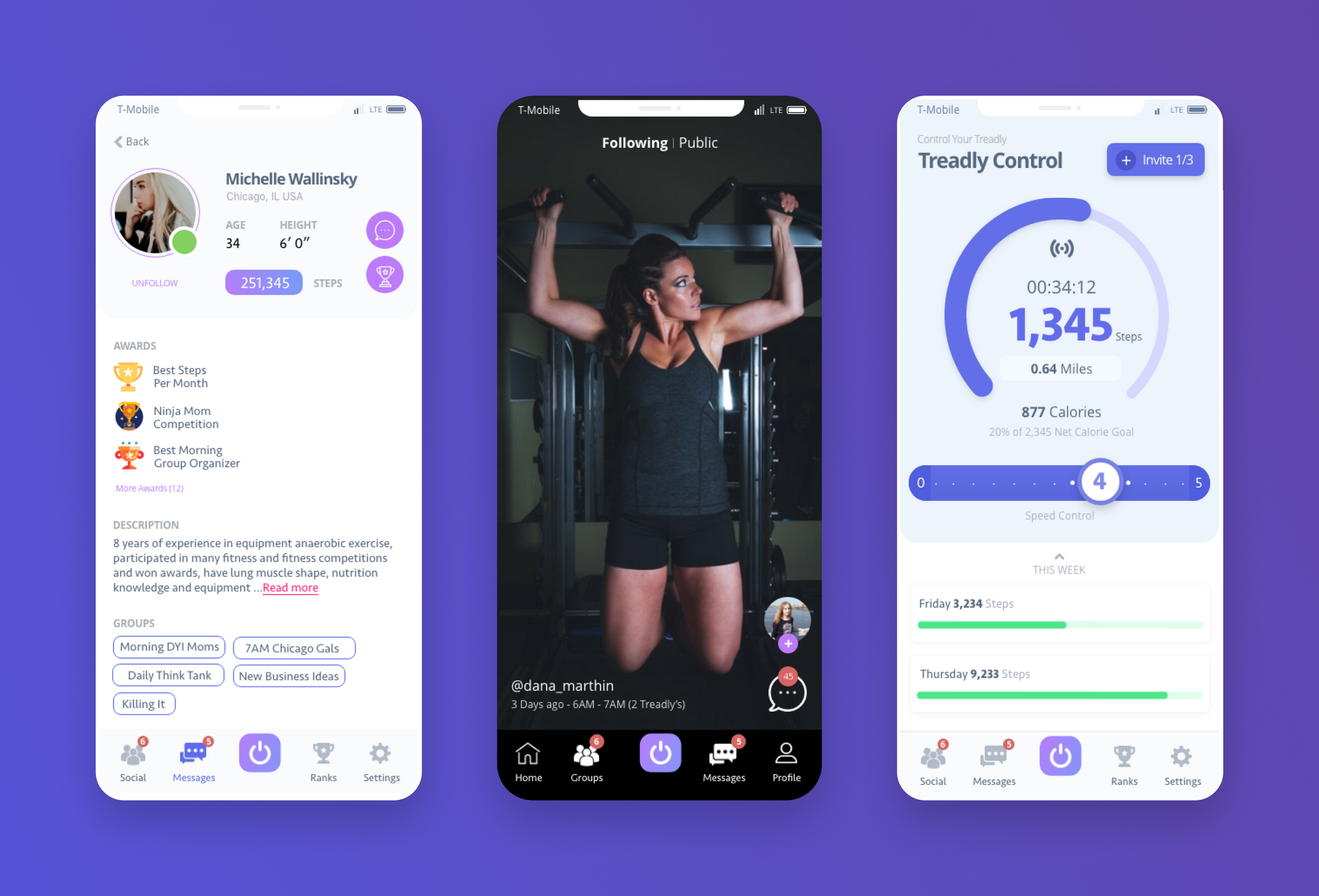
To provide accurate data, activity tracking apps need to access a device’s sensors like gyroscope or GPS, so access to these APIs should be on the priority list of your fitness app developer. In addition, integrating wearables is also among the basic functionality of these types of solutions.
Diet and nutrition apps
While nutrition is often a part of workout apps, stand-alone diet solutions are also widely used. Among the top nutrition apps are MyFitnessPal, Lose It!, and Noom.
Diet apps can focus on healthy and balanced menus or follow a specific approach, such as keto, paleo, or intermittent fasting. Most often, these type of apps contain recipes that are commonly displayed as videos or texts with photos.
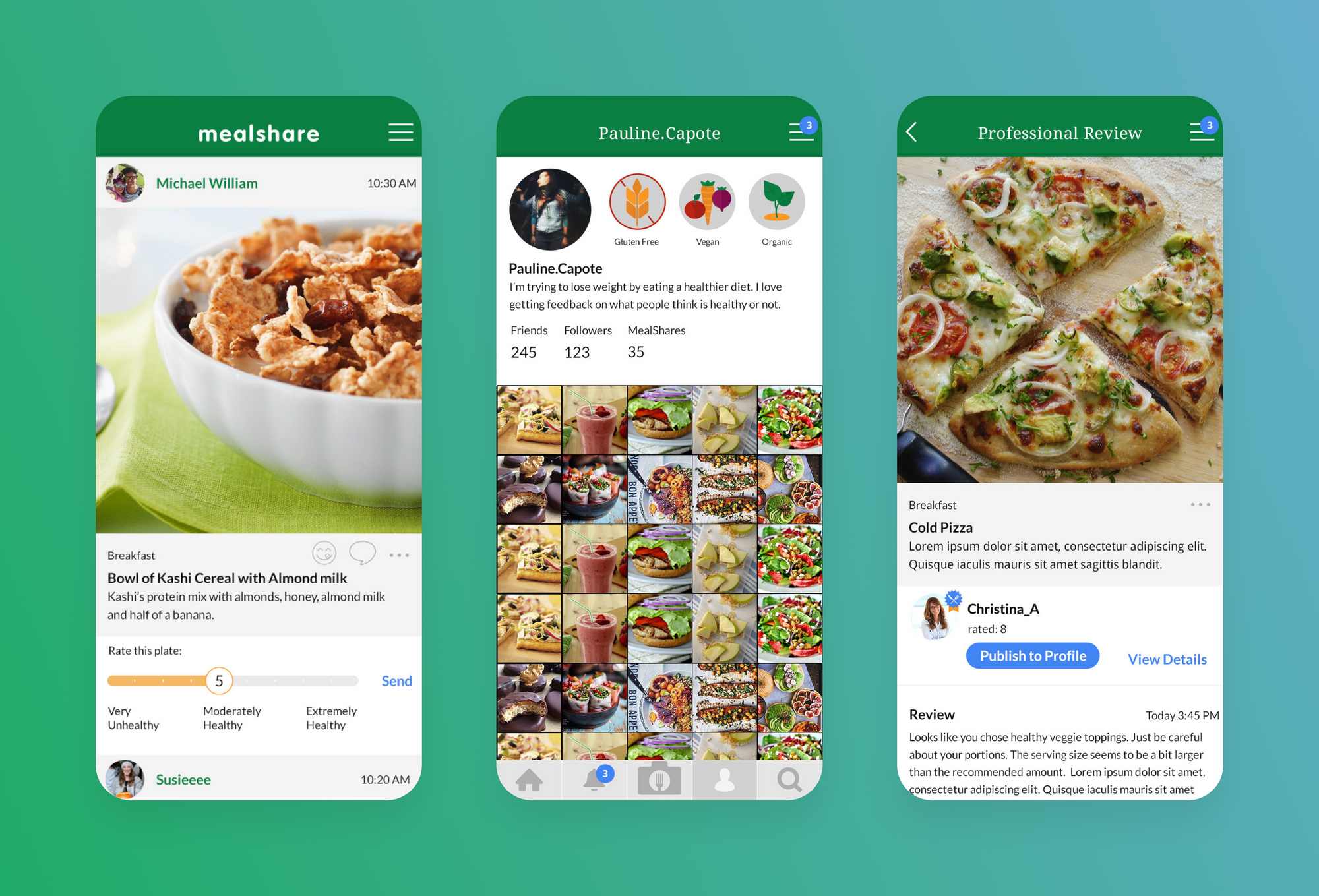
Similar to the apps mentioned, Perpetio created the Mealshare app. This application helps users connect with professional dietitians to ask questions about food, as well as join a safe and supportive community to exchange their thoughts and feelings.
Nutrition apps can also function as food diaries so users can track their eating habits. They provide dietary information like calorie count in certain products or its nutritional value. Diet apps may also feature grocery lists and even barcode scanners so users can analyze products while shopping in the supermarket.
How much does it cost to create a fitness app?
So, let’s suppose you know what kind of an app you want. Here is the main question: how much does it cost to develop a fitness app? Well, to be fair, it is not an easy question to answer as there is no fixed price for any health app. Several factors make up the price – from the number and complexity of functions to the choice of the development team. You should understand that let’s say, a fitness tracker app development cost and diet calendar app cost will be quite different because of their feature sets. Let’s see what all influences the final cost of the fitness application:
Basic features
You’ll start by considering which features your application will have. You might want to create an MVP with the essential functionality only, or immediately incorporate additional elements like gamification.
As we mentioned earlier, the basic functionality depends on the type of product you choose. Some features necessary for any kind of physical fitness app are:
- User authentication
- User profile with detailed health information and personal goals
- Payment gateways
- Push notifications
- Customer support
- Onboarding
- Settings
Depending on the solution type, the feature list might extend to the following:
- Video and audio player
- Databases with workouts, recipes, etc.
- Calendars and schedules
- Activity tracker APIs
- Wearables integration
- Social media plugins
- Maps integration
- Online chat and video streaming
- And others
Choosing one or another feature defines how much does a fitness app cost as each feature requires extra designing, developing, and testing time.
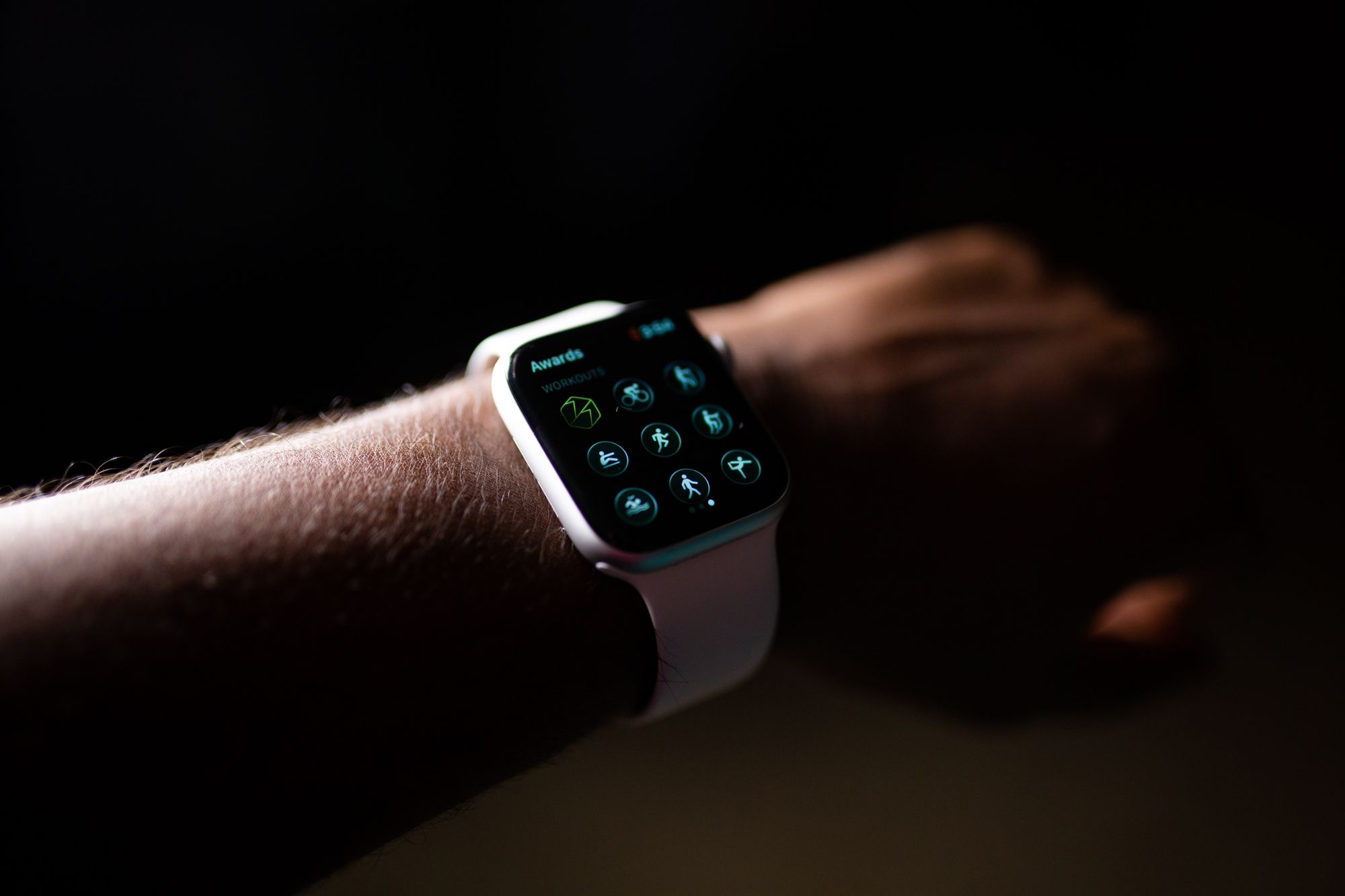
Choosing your platform and tech stack
One additional aspect that determines health and fitness app development cost is the type of platform you choose and the tech stack required for integrating certain features.
First, you will need to decide whether you would like to introduce a fitness app for Android or for iOS, or both. If you choose the latter, one more choice is to be made: to go with native separate iOS app development services and Android app development services or a cross-platform solution.
Cross-platform fitness app development can save a good bit of time as you’ll get one app that suits both iOS and Android. However, it might not be sufficient for complex fitness apps.
If you go for two native applications, the development process will take more time. Each situation is individual, so it is best to choose an approach after carefully analyzing your needs and requirements.
The design and development team rates
Finally, the cost of your fitness app depends on the design and development team you pick. There are two main development team models: in-house and outsourcing.
If you choose to hire an in-house team, you’ll have to find specialists and organize the work yourself. This approach works well for those who need full control over the process and are willing to select employees themselves. Still, finding available professionals who can take a relatively short-term project can be challenging and quite expensive.
The second model of app development is outsourcing or, in other words, hiring a dedicated team through an agency or company. This approach is popular among entrepreneurs as you get an entire “set” of professionals who can undertake your project.
Hiring a dedicated team saves time for finding the right specialists, interviewing them, creating positive team dynamics, and so on. In addition, an outsourcing team has collaboration methods already in place between themselves and the clients, and knows how to organize their work effectively.
Even better, finding a dedicated team is more cost-effective than one in-house. Of course, the rates will depend on which country the agency is located. For example, hiring a team from the United States to develop your fitness app can cost you somewhere between $80-100/hour. In contrast, collaborating with a company from Eastern Europe, like Ukraine, might lower the cost to develop a fitness application. How much does it cost to make an app in Eastern Europe? The rate can be as much as $35-50/hour.
How long does it take?
At this point, let’s imagine you’ve chosen the features you want for your fitness app, decided you’d like a native iOS application, and found a team that seems perfect for development. Still, the total cost of developing a fitness app is yet to be calculated. Why?
Defining your total cost to develop fitness app will depend on the time you need to complete each process. Remember, in this article, we are only discussing the basics. Each feature requires a certain amount of time to be integrated, so the longer your list is, the longer it will take your team to complete the product. The same goes for design: a minimalistic app is faster to make than one full of complex animations.
Design
Once the project documentation is ready (if you don’t already have it, the development agency can help you with this), the design work begins. Designers will research to understand what the users want to see in the app and which goals they should achieve. Based on their results, they will outline the app’s structure and begin working on its visuals.
Minimum time needed: 100-150 hours per platform.
Development
Next, the design will be brought to life by a team of developers. Development is the longest stage for any software product as there is a lot to be done: the specialists must work on the app’s interface, connect it to the back-end and complete all the necessary integrations like payment and push notification tools.
As you can see, the development process is difficult to predict and can vary. It will depend on the design and functionality you choose for your fitness app. So, of course, if you go for something more complex, it will take longer than a few weeks.
Minimum time needed: 200-1000 hours per platform.
Testing
Finally, it’s time to test. Some entrepreneurs might want to skip this part, but that would be a mistake. Regardless of how skilled the developers are, some bugs will occur and that is perfectly normal. To ensure the final solution won’t frustrate your users in any way, always include the testing process when developing a fitness app.
Minimum time needed: 80-200 hours per platform.
By multiplying these numbers by the rate of your preferred development team, you can estimate a simple fitness app development cost. For instance, mobile application development by a US agency will cost you at least $80 000 while an agency from Eastern European countries, such as Ukraine, can undertake the task for around $20 000-50 000.
What about monetization?
Now, when you know all about how much does it cost to create a fitness app, let’s talk about a matter no less important – the app’s income. If your goal is to gain earnings with your new fitness application, you’ll need to think about possible ways to monetize it. So what are your options?
A paid app
You could simply create a paid app – that’s it. No need to collect income from the application. At the same time, you’ll need to convince users the app is worth the amount you’re asking. If there is a free alternative, they will switch.
Freemium
The best way to demonstrate how your app is better than all the competitors is to let the users experience it themselves. Freemium allows users to try out some of your app’s functionality for free. However, if they want to utilize the product to its full extent or try that cool feature that’s “off limits,” it’s time to pay.
Subscription
If you choose the subscription approach, you can give users access to the app for a limited time, for instance, one month. This strategy helps with showcasing your application while motivating people to pay for something they already like.
In-app purchases
Another way to gain earnings is by offering materials or features for additional costs. Examples include exclusive videos, guides, checklists, recipes, and so on.
Ads
Last but not least, you can monetize your product by turning it into a small marketplace. But don’t go overboard. One banner here or there won’t annoy your users too much and can bring you extra profit. It’s best to choose ads that suit your app’s topic and can be interesting for users. You can even go a step further and offer an ads-free app that can be purchased as a part of your freemium model.
Apart from regular banner ads, you can try implementing affiliate marketing. Perhaps there is a sporting goods shop interested in collaborating with you. Simply place a link to their store somewhere inside the application and gain profit for each click.
Perpetio’s Expertise
Our Perpetio team loves fitness and wellness solutions – we specialize in this industry and created dozens of fitness apps for businesses over the years. We have made virtually all types of applications we discussed today: workout, activity tracking, dieting, sleep, and meditation. You could have seen the examples of our works throughout the article.
Now, we want to discuss one particular fitness project we worked on – the Burn app. We created this solution for a popular fitness influencer Rebecca Louise who has over 350 million views on Youtube. Rebecca contacted us with a request to redesign her website and create Android and iOS apps from scratch.
The main challenges of this project were:
- Creating a unique branding and establishing a unified style throughout the website, apps, and social media
- Organizing a large amount of information, such as videos, texts, and calendars, in an accessible and effective way
- Making the content available offline
Thus, we rolled up our sleeves and got to work on UI/UX design, iOS and Android development, and testing. As a result, we built a fitness application with a wide variety of video workouts, an extensive healthy recipe database, a convenient workout calendar, and a motivational gamification system. Everything to make being active effortless and pleasant.
Let’s create a flawless fitness app together! Drop us a line at:
Why develop a fitness app in 2025?
The rate of fitness app downloads is skyrocketing. Statista’s forecast, until 2029, average revenue per user (ARPU) is expected to amount to US$27.18. That’s a lot!
We can tell you – considering the average cost of fitness app development, it is worth the investment and there is no better time. And to make it even easier, be sure to find a reliable mobile app development partner. You won’t regret it!
FAQ
- How do fitness apps make money?
You can choose between several monetization models: freemium, in-app ads, in-app purchases, subscription, and a paid application.
- How long does it take to make a fitness app?
The time needed to design and develop a fitness app depends on the complexity of the app’s design, the scope of the feature set, the tech stack, and other factors. Generally, the minimum total time to finish such a solution is at least 400-1000 hours.
- What makes a fitness app successful?
A successful fitness app has to be helpful and convenient for the users. Simple navigation, attractive design, and desired feature set are the basic parameters of a good fitness application. Remember that users turn to such solutions because they seek easy ways to stay healthy and reach their fitness goals, so make sure your app doesn’t complicate their journey.
